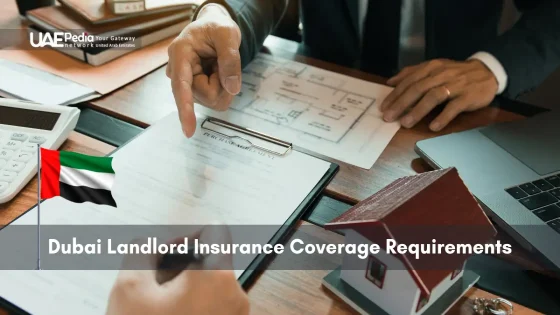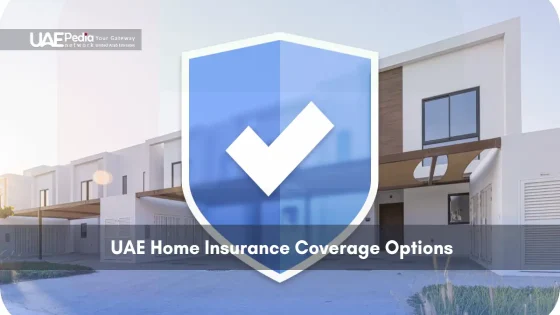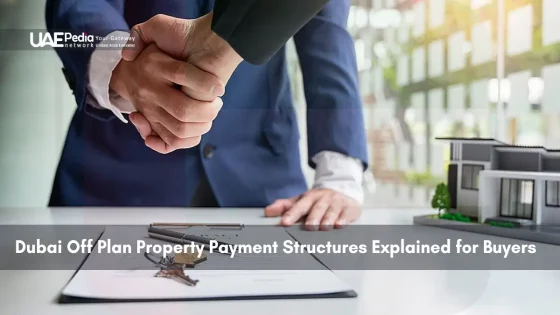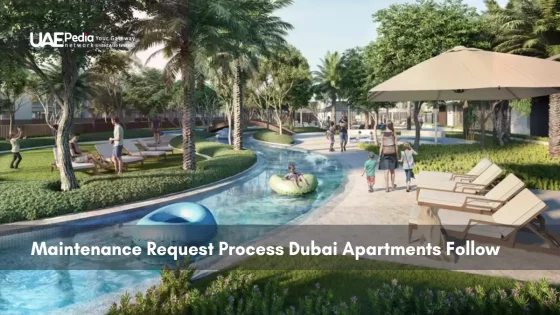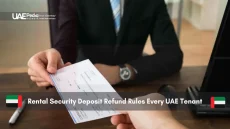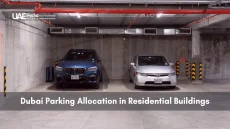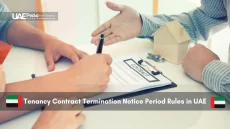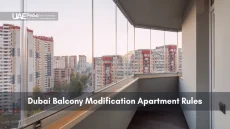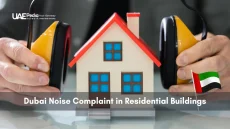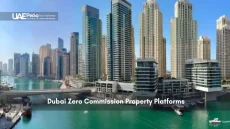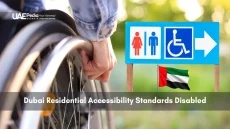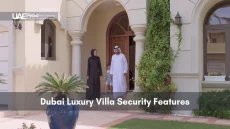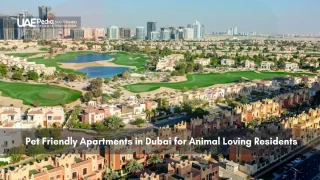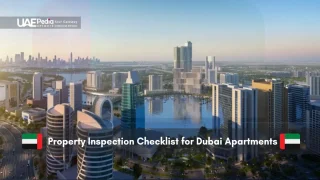What if your most valuable asset vanished overnight? In a city where gleaming towers rise from desert sands and luxury villas hug pristine coastlines, protecting your investment isn’t optional—it’s essential. Dubai’s real estate market thrives on bold visions, but even the most stunning properties face risks like fire, water damage, or unexpected vacancies.
Whether you own a sleek apartment in Dubai Marina or a sprawling estate in Jumeirah Golf Estates, the right policy acts as a safety net. It shields against financial storms while letting you focus on long-term growth. High-value homes demand tailored solutions—standard plans often miss critical gaps in coverage for rental income loss or tenant-related.
This isn’t just about checking boxes. It’s about aligning your safeguards with Dubai’s fast-paced market realities. From mandatory basics to optional add-ons, we’ll unpack what every owner needs to know.
Mandatory structural coverage in Dubai requires policies to insure against fire, collapse, and foundational defects, with regulatory minimums set by Federal Law No 6/2007. Optional extensions address rental default, tenant disputes, and natural events such as floods or sandstorms. High-value properties demand tailored clauses for income continuity and specialized perils, ensuring coverage gaps—like electrical faults or gradual water damage—are closed through riders and endorsements.
Technical compliance hinges on combining base requirements with bespoke additions. Insurers must document covered perils, claim response timelines, and dispute resolution procedures in both Arabic and English. Property owners should conduct annual policy reviews, adjust limits to current replacement costs, and integrate loss-of-rent and liability modules to align with evolving market conditions and asset profiles.
Key Takeaways:
- Tailored protection matters for high-value homes in areas like Palm Jumeirah or Downtown Dubai
- Policies should address both property damage and income continuity
- Local regulations influence coverage minimums—but smart owners go beyond
Dubai Landlord Insurance Coverage Requirements Demystified
When sandstorms swirl or unexpected leaks erupt, will your safeguards hold? Navigating protection plans here feels like packing for desert trekking—you need essentials and emergency gear. Let’s map out what’s legally required versus smart extras for peace of mind.
Mandatory vs. Optional Coverage in Dubai
Local regulations demand basic structural safeguards. Think fire-resistant materials or earthquake-proof foundations. But here’s the twist: tenant disputes or income gaps? Those require add-ons. A 2023 study showed 40% of rental income losses stemmed from sudden vacancies—not physical harm.
| Coverage Type | Requirement | Protection Scope |
|---|---|---|
| Building Structure | Required | Fire, collapse, foundational issues |
| Rental Default | Optional | Missed payments, lease breaks |
| Natural Events | Optional | Floods, sand damage, extreme heat |
Understanding Risk Factors and Natural Disaster Protection
Last year’s Palm Jumeirah kitchen blaze—caused by faulty wiring—highlighted fire risks. Yet many policies exclude electrical faults unless specified. Desert climates bring unique threats: sand abrasion eroding AC units, sudden floods in low-lying areas.
We’ve seen owners discover gaps too late. One Al Barsha villa owner faced $18k in storm repairs—their basic plan covered wind damage but not water intrusion. Always ask: Does my policy chain protections together like a well-built falaj system?
Smart moves? Bundle structural safeguards with income continuity riders. Review exclusions annually—new construction nearby could alter flood zones. Because here, even paradise needs a backup plan.
Read More:
Understanding Property Insurance Options in Dubai
Imagine hosting a dinner party when a pipe bursts—your guests aren’t the only ones needing protection. Policies here act like tailored suits: one size never fits all. Let’s explore how to dress your safeguards for every scenario.
Home and Protection Essentials
Owners at Emaar Beachfront often choose plans covering both structure and interior items. Why? A waterfront view won’t replace designer furniture soaked by AC leaks. Home plans typically include:
- Fixtures like built-in cabinets
- Personal electronics and appliances
- Emergency repair costs
Landlord versions focus on income streams. Think missed rent payments or legal fees from tenant disputes. One Arabian Ranches villa owner avoided $12k in losses when their policy covered sudden vacancy periods.
Building vs. Apartment Safeguards
Villas demand full structural shields—from garden walls to rooftop tiles. Apartments? Shared walls mean partial coverage. Check this comparison:
| Coverage Type | Villa Policies | Apartment Policies | Building Policies |
|---|---|---|---|
| Structural | Full (walls to foundation) | Interior surfaces only | Common areas |
| Belongings | Up to $50k | Up to $25k | N/A |
| Liability | Pool accidents | Balcony leaks | Elevator issues |
Dubai Creek Harbour high-rises often require special clauses for glass facades. Always ask: Does my plan chain protections like pearls on a necklace—each piece securing the next?
Legal Framework and Policy Considerations in Dubai
Ever tried reading legal documents under desert sun? UAE’s property protection rules work like a well-designed falaj irrigation system—complex but purposeful. Let’s navigate the channels that keep your safeguards flowing smoothly.
Rules of the Road
Federal Law No. 6 of 2007 sets the baseline—think of it as your policy’s foundation. It requires providers to clearly outline:
- Specific events covered (like electrical fires or plumbing failures)
- Claim response timelines
- Dispute resolution processes
“Insurers must provide Arabic-language policy documents upon request—a detail many expat owners overlook until disputes arise.”
Hidden Potholes Ahead
Last year, 22% of rejected claims stemmed from misunderstood exclusions. Watch for these common gaps:
| Exclusion | Policy Impact | Smart Solution |
|---|---|---|
| Gradual Damage | Mold from slow leaks | Add moisture rider |
| Tenant Modifications | Unauthorized renovations | Require approval clauses |
| Climate Effects | Sand erosion | Specialty desert coverage |
We’ve seen owners saved by one simple habit: annual policy reviews with legal experts. Like checking your car before a dune drive, it spots wear before catastrophe strikes. Because here, knowledge isn’t just power—it’s protection.
Strategies to Protect Your Investment Property
Think of your safeguards like a chef’s tasting menu—each course balances flavor and function. Smart owners don’t just grab standard plans; they curate protections matching their asset’s unique profile.
Evaluating Premiums and Protection Levels
Premium costs dance with three partners: property value, location risks, and tenant profiles. A beachfront villa’s salt-air corrosion demands different shields than a downtown high-rise’s glass facade. Consider this breakdown:
| Factor | Low Risk | High Risk |
|---|---|---|
| Location | Gated communities | Flood zones |
| Tenant Type | Long-term leases | Short-term rentals |
| Construction | Concrete structures | Older electrical systems |
One JBR apartment owner saved 18% annually by bundling storm coverage with liability riders. Always ask: Does my premium reflect current replacement costs?
Tailoring Policies for Real-World Needs
Customization turns generic plans into bespoke armor. Start by mapping worst-case scenarios—burst pipes during tenant turnover, or months-long vacancy after renovations. Smart tweaks include:
- Adding equipment breakdown coverage for smart home systems
- Including loss-of-rent clauses for extended repairs
- Upgrading liability limits for properties with pools
Review policies quarterly. Market shifts—like new building codes or climate patterns—can reshape risks overnight. As one expert notes in this comprehensive guide to policy customization, “The best plans evolve like living documents.”
Balance upfront costs against potential losses. A $500/year premium difference could save $50k in damages. Because here, foresight isn’t just smart—it’s profitable.
Final Insights for Securing Your Investment in Dubai
Picture your property as a desert treasure chest—what locks protect its value? Smart safeguarding blends legal smarts with financial foresight. We’ve seen owners breathe easier knowing their belongings and income streams stay shielded from fire mishaps or sudden storms.
Thriving in this dynamic market means treating policies like living documents. Annual reviews catch sneaky exclusions—like gradual water damage or tenant modifications. One client avoided $25k in repair costs simply by updating their home insurance rider after a neighbor’s flood incident.
Three moves separate stressed owners from confident investors:
- Match protection levels to your building’s unique risks
- Bundle structural safeguards with income continuity clauses
- Consult experts who speak both legal jargon and your language
Your property isn’t just walls and windows—it’s tomorrow’s security. With the right plan, you’ll weather market shifts and climate surprises like a seasoned desert guide. Ready to lock in peace of mind? Let’s build your safety net together.
While building insurance isn’t mandatory for freehold properties, mortgage lenders often require it. Liability coverage for injuries or tenant-related damages is strongly advised—and sometimes required by community management. Think of it like a seatbelt: not always enforced, but essential for protection.
Apartment policies often focus on interior fixtures and shared infrastructure risks, while villa plans cover standalone structures, gardens, and external features. Both should include fire and water damage clauses, but villa owners might add landscaping or pool liability riders. Always check your community’s master policy first!
Most basic policies exclude natural disasters like wadi flash floods or sandstorms. You’ll need a “catastrophic perils” add-on—especially if your property is near Hatta’s mountains or low-lying areas. Insurers like Oman Insurance and AXA offer these riders, but compare terms carefully.
Absolutely! Vacant home endorsements reduce premiums by pausing liability coverage while maintaining protection against fire or vandalism. Just notify your provider—they might require periodic inspections. It’s like switching to “low-power mode” during off-seasons.
Look for sneaky exclusions like gradual water damage (think AC leaks) or tenant negligence clauses. UAE law favors “utmost good faith,” so undisclosed renovations or Airbnb use could void claims. When in doubt, consult a broker from DIFC-licensed firms like Policyhouse or Gargash Insurance.
Start with a professional risk assessment—factors like building age, proximity to fire stations, and tenant demographics (students vs. families) impact costs. Then layer coverage: high deductibles for rare events, full replacement costs for new builds. It’s like tailoring a kandura; perfect fit beats off-the-rack every time.
